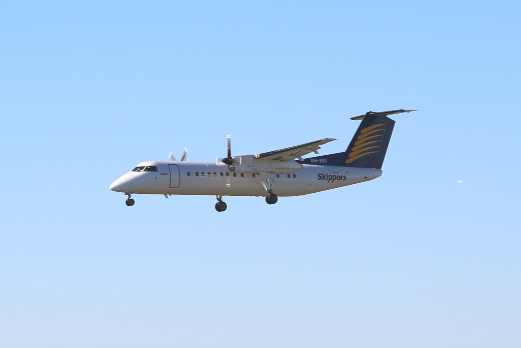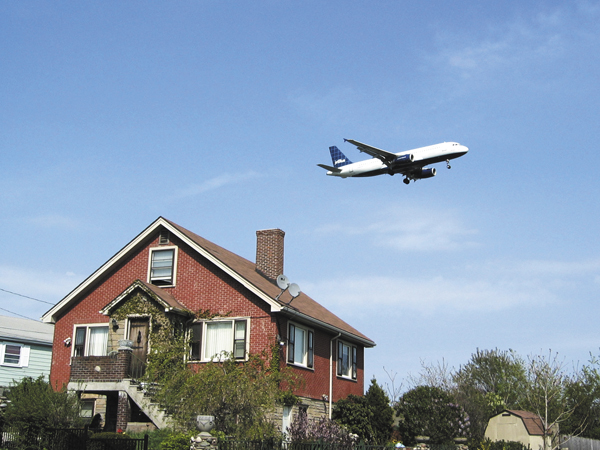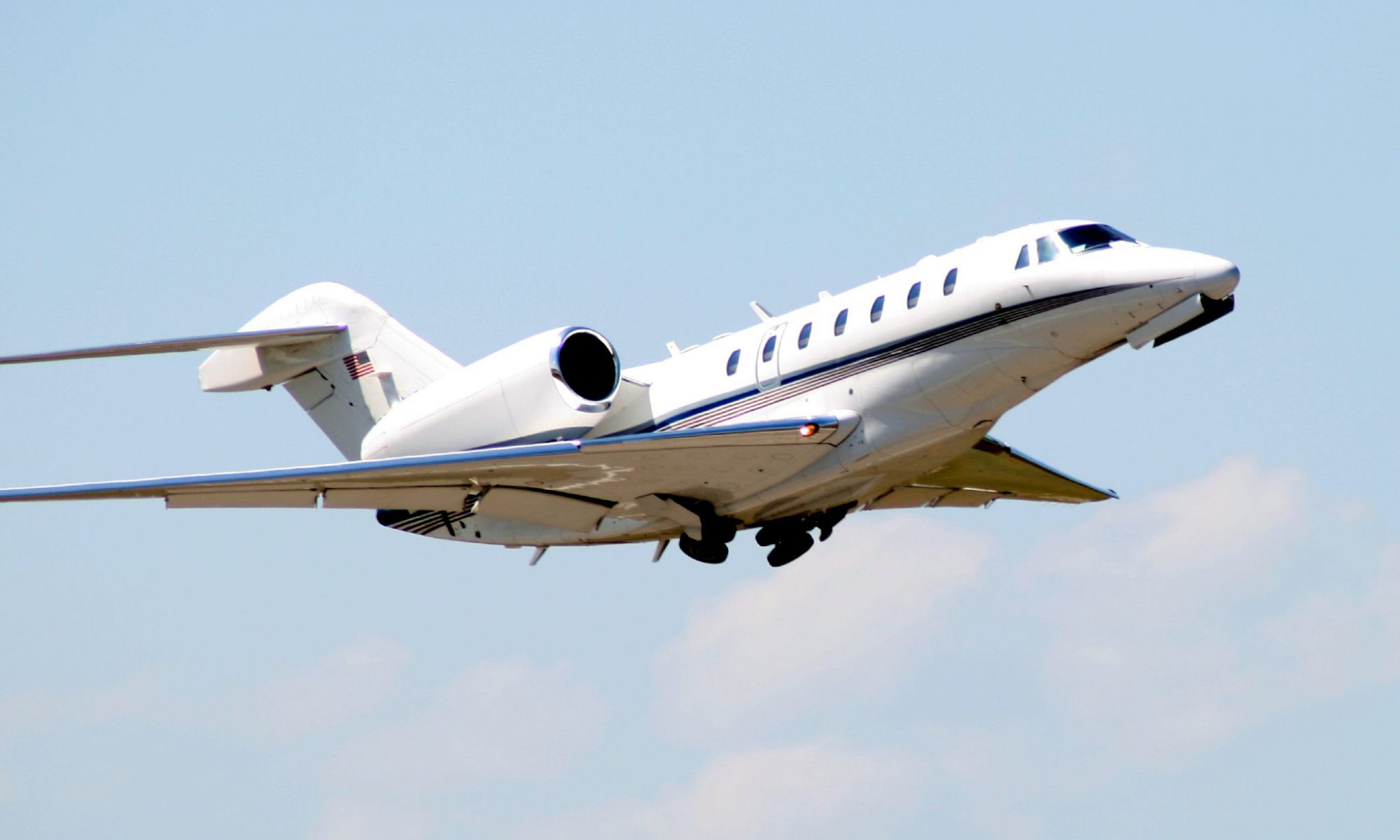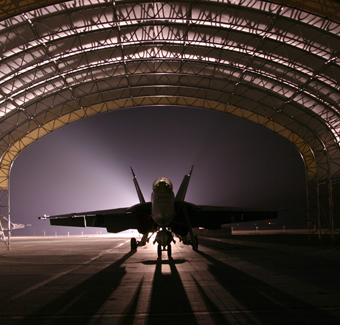Most aircraft are not allowed to fly less than 1000 feet, or approximately 300 meters, above residential areas. In practice, flight paths (which are vertical and horizontal corridors) tend to be much higher above residential areas than 1000 feet. Occasionally, aircraft have to fly lower than normal due to weather conditions or aircraft weight. While it may appear that the aircraft is dangerously low, this is rarely the case.
Why am I suddenly getting more aircraft overflying my house than previously?
Aircraft take off and land into the wind, or with minimal tail wind. As a result, wind direction dictates the selection of runway(s) in use at any time. This in turn determines which flight paths are used. Winds at many Australian airports are seasonal, tending to blow from one direction in summer and another in winter. This means that runway use also tends to be seasonal. As a result, suburbs aligned with runways will experience more noise from aircraft at certain times of the year than at others.
Where can I find more information about aircraft noise and its management?
Further information regarding managing aircraft noise can be found at the following resources.
International Civil Aviation Organisation
Commonwealth Aircraft Noise Regulations
Noise and Flight Path Monitoring Reports
Commonwealth Government Department of Infrastructure and Regional Development
What about noise from military aircraft?
Enquiries and complaints regarding military aircraft should be directed to the Department of Defence. Further information and contact details are available on their Defence Aircraft Noise website.
How can I report aircraft noise?
The community has access to a number of organisations in the event they have queries or concerns about aircraft noise or aircraft operations generally.
Airservices Australia manages the handling of enquiries and complaints regarding aircraft noise through the Noise Complaints and Information Service (NCIS).
If you have a complaint you should first contact Airservices Australia by the following methods:
- WebTrak – WebTrak is an online tool that displays surrounding suburbs within 55 kilometers of Perth Airport that allows the user to view information about the arriving and departing aircraft, from 40 minutes to three months ago. There is also an option to lodge a complaint. For further information visit Perth WebTrak
- Using the online form – how to make a complaint
- Phoning the Airservices Australia NCIS hotline – 1800 802 584
- By post – Noise Complaints and Information Service P.O. Box 211 Mascot, NSW, 1460
For more information visit Airservices Australia at airservicesaustralia.com or aircraftnoise.com.au
If you feel your issue has not been effectively addressed, or you believe you have not been provided with adequate information, you may lodge a complaint with the Aircraft Noise Ombudsman (ANO).
Website: ano.gov.au
Email: ano@ano.gov.au
GPO Box 1985
Canberra City ACT 2601
Phone: 1800 266 040
The service is free and available to anyone.







